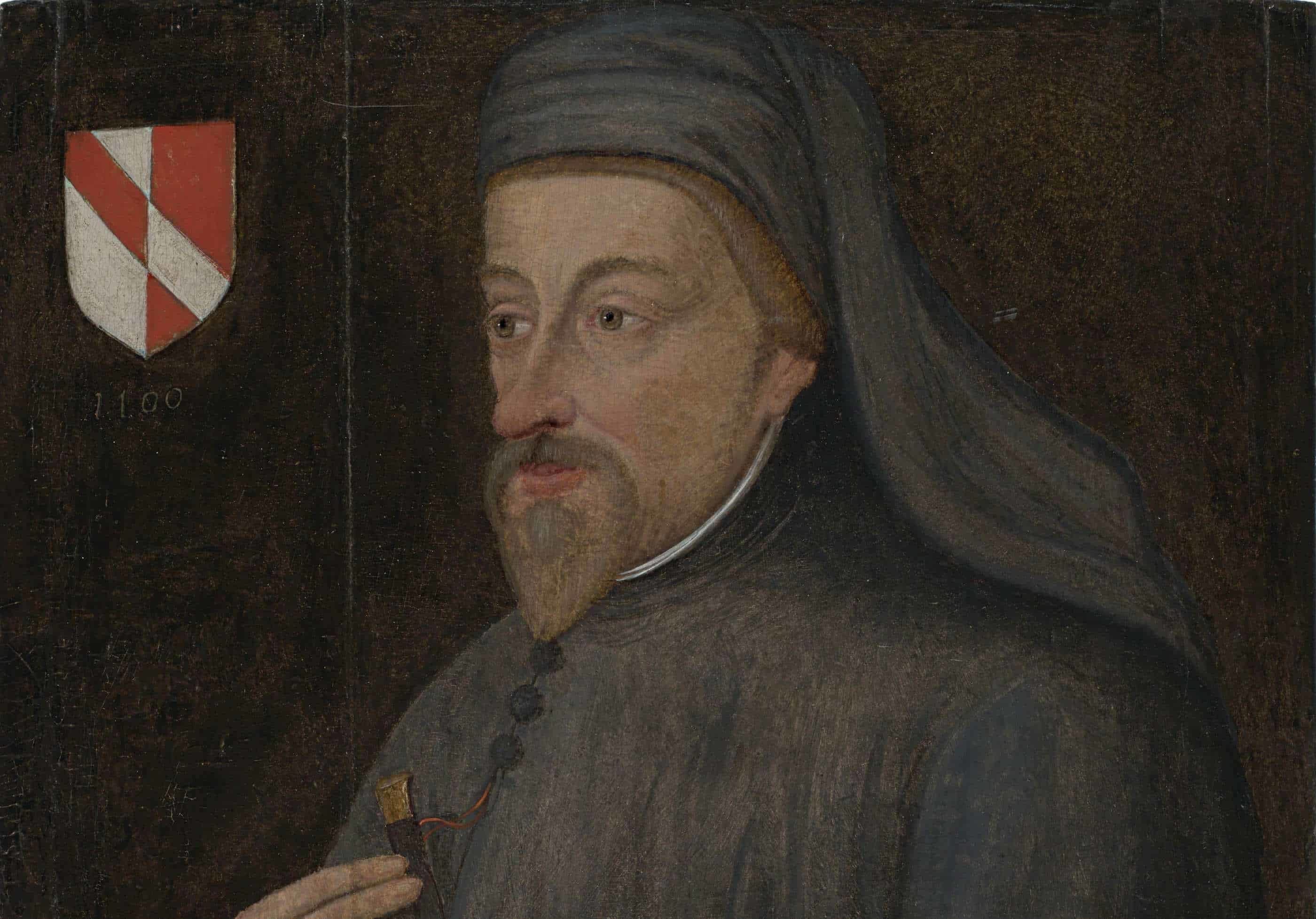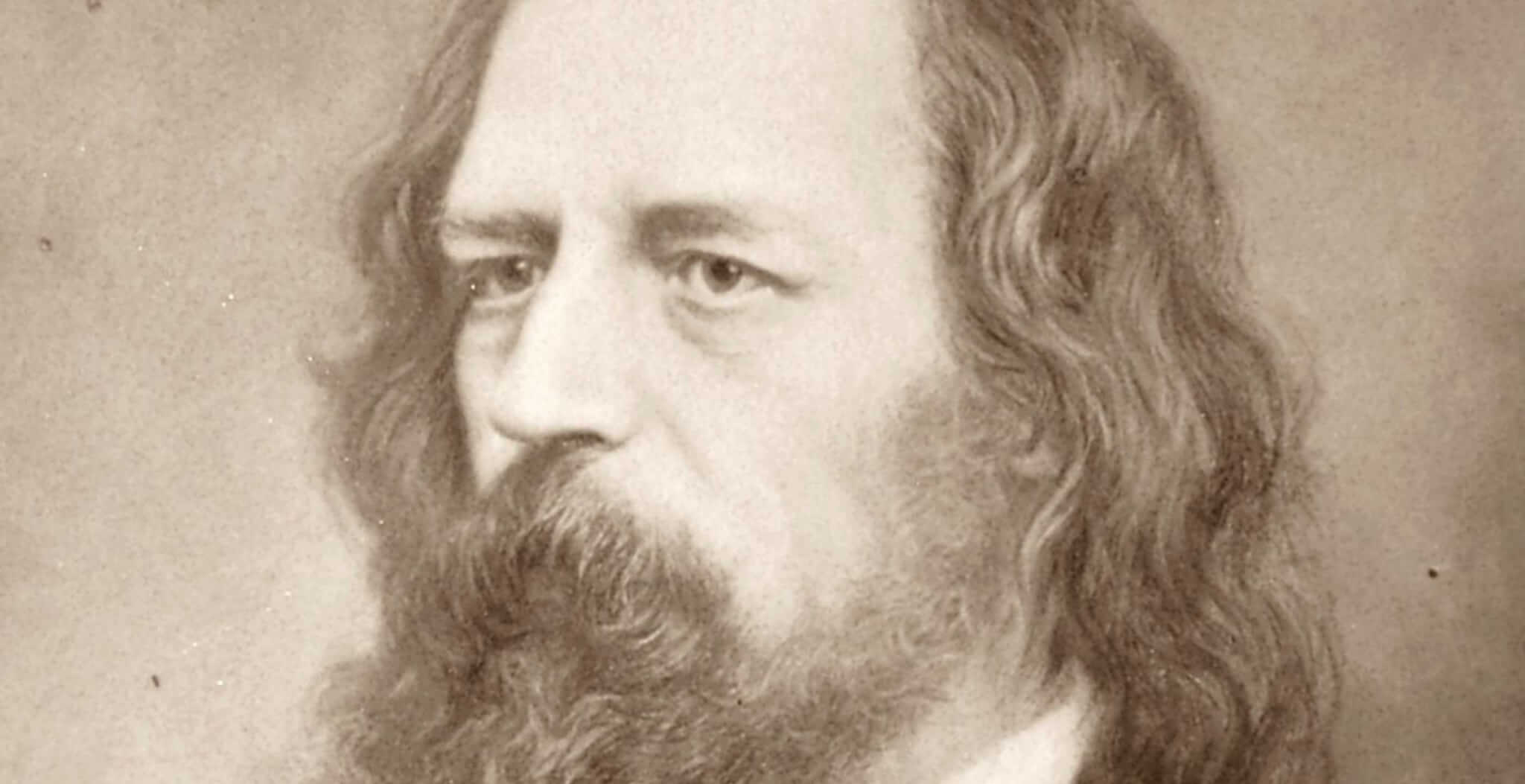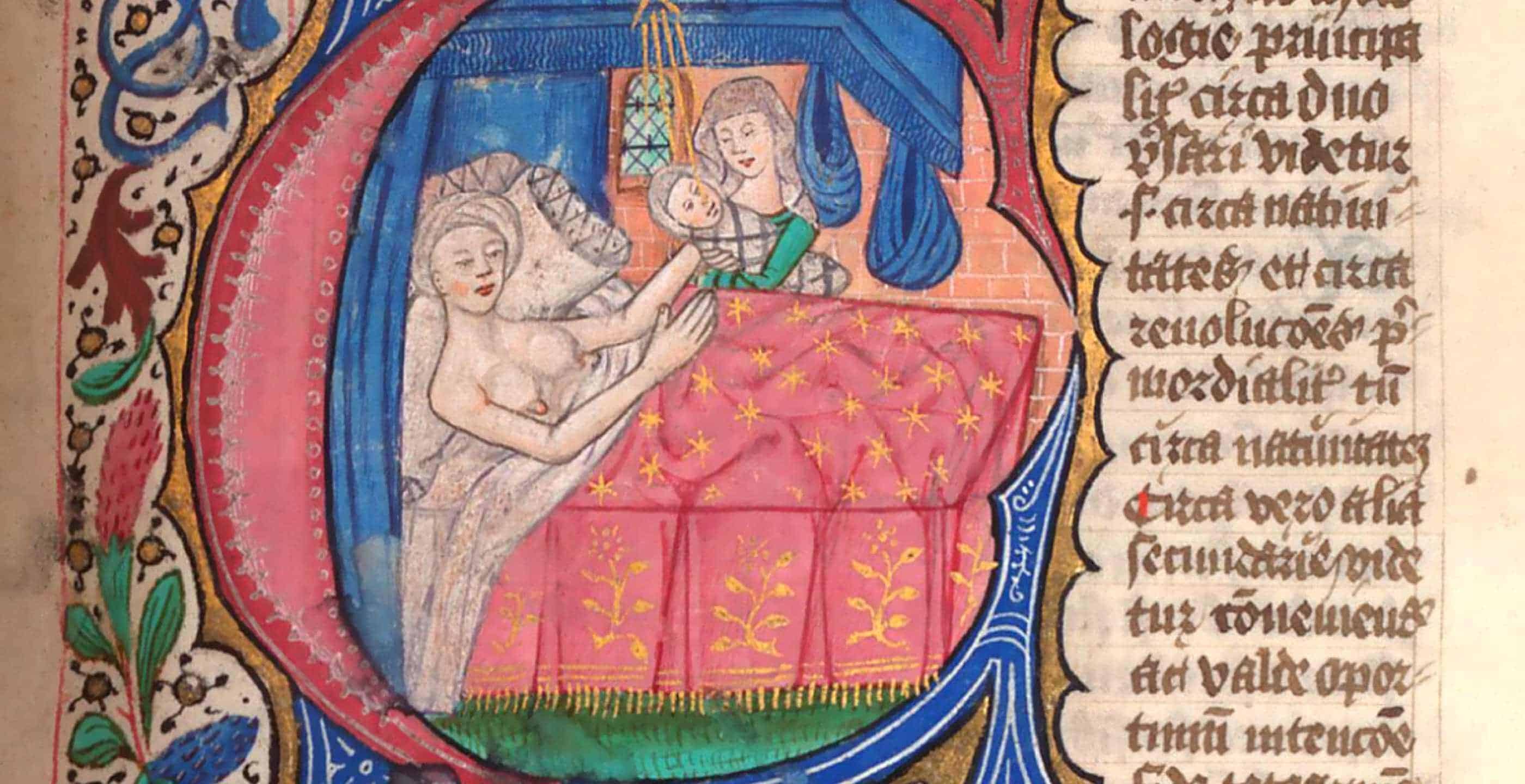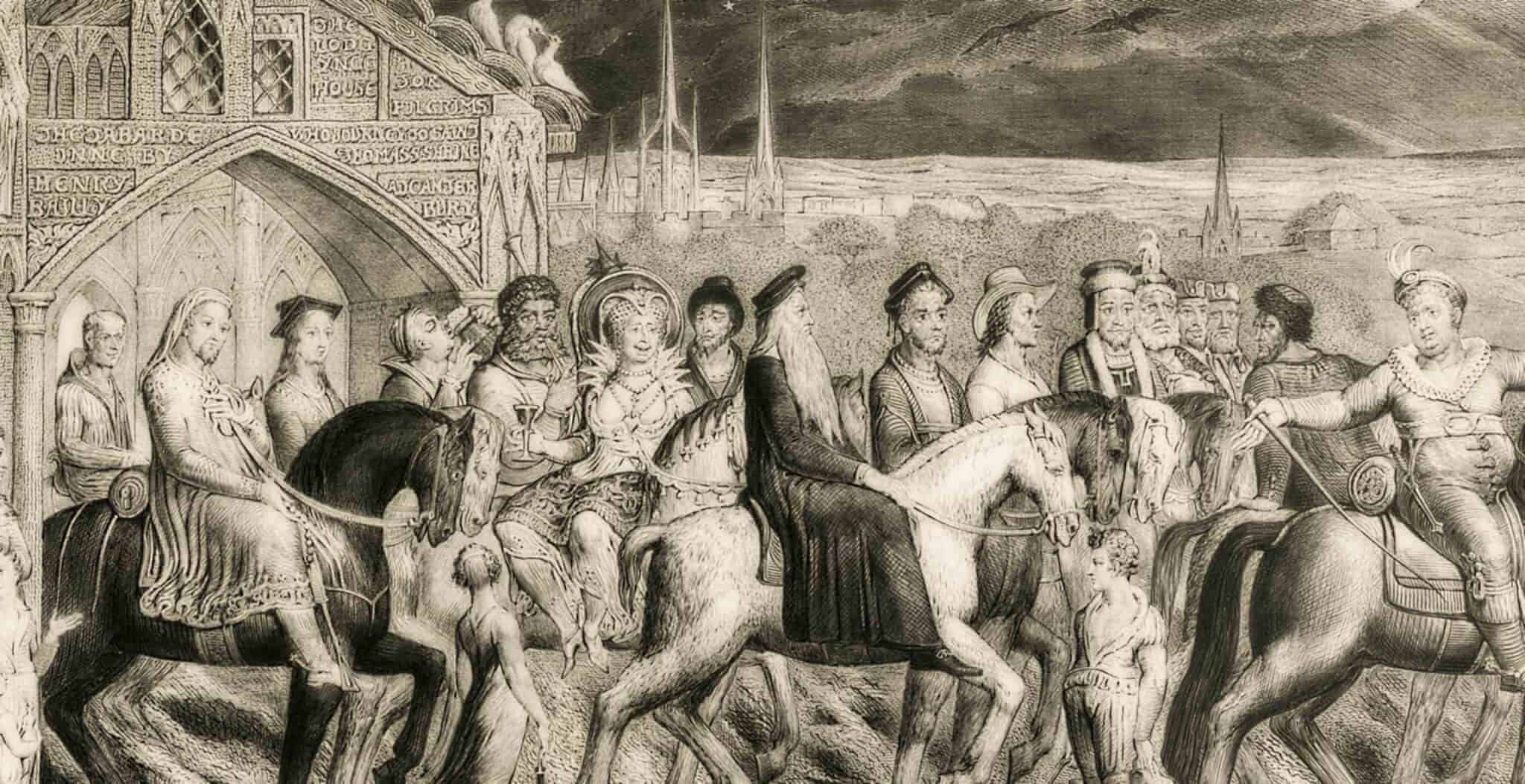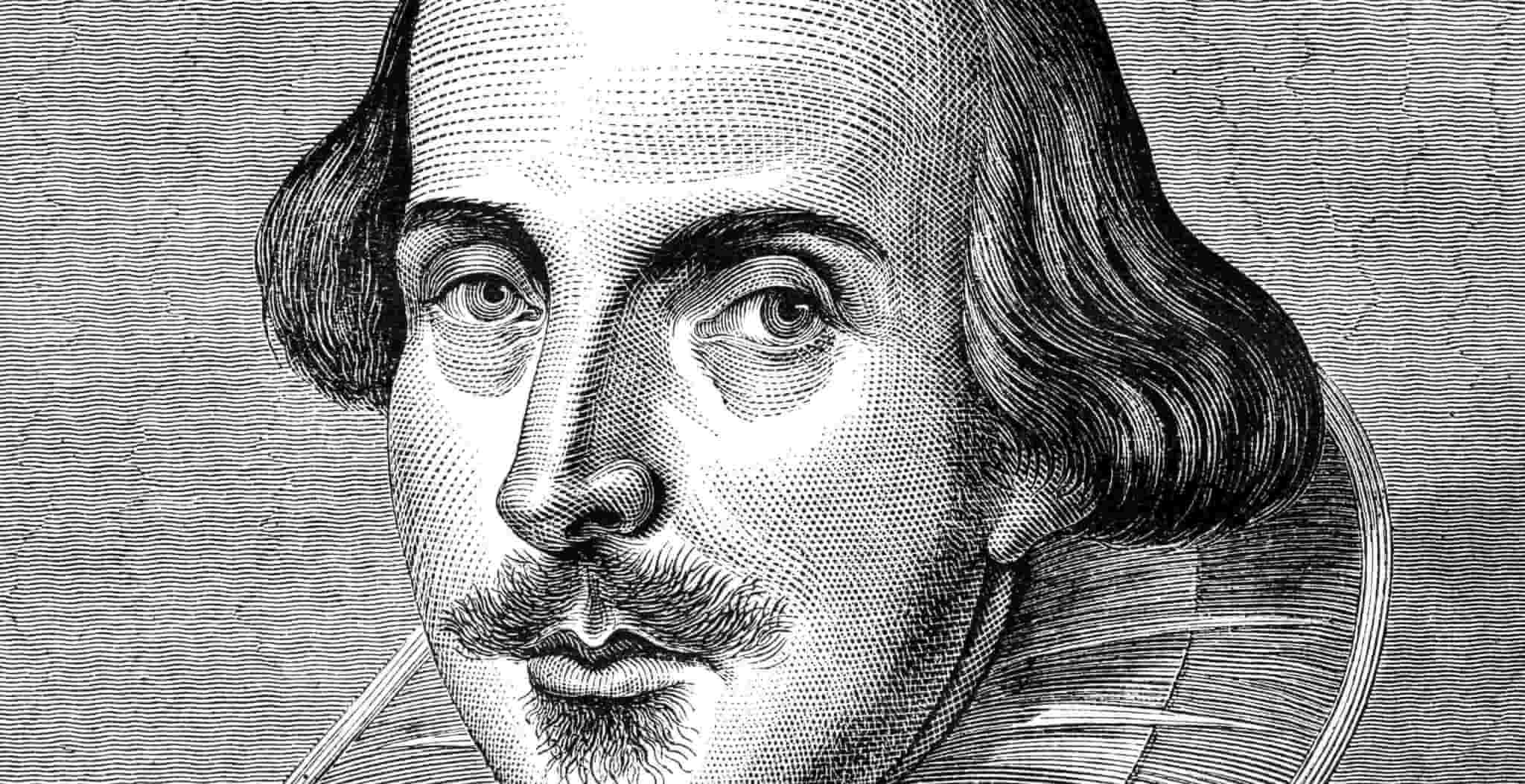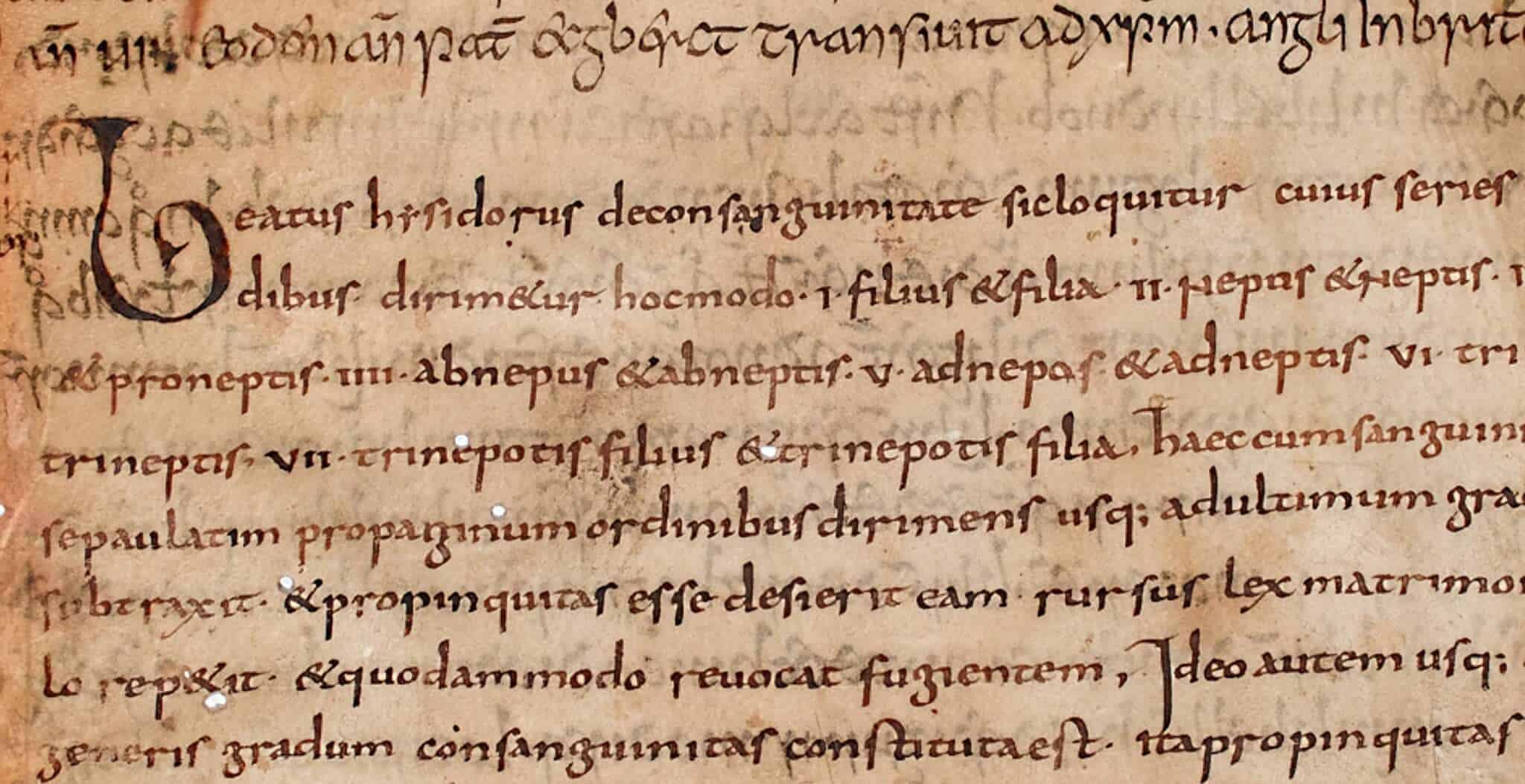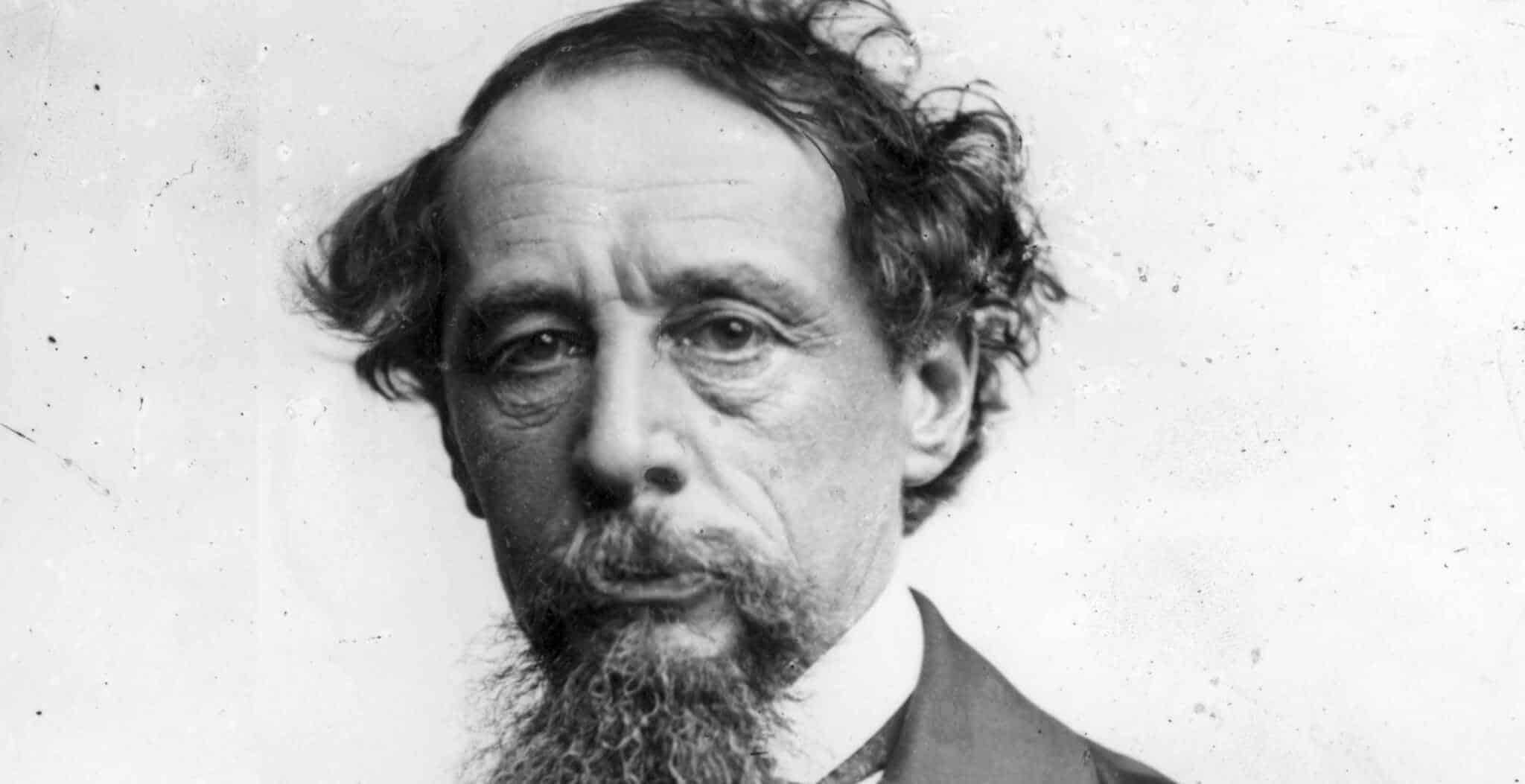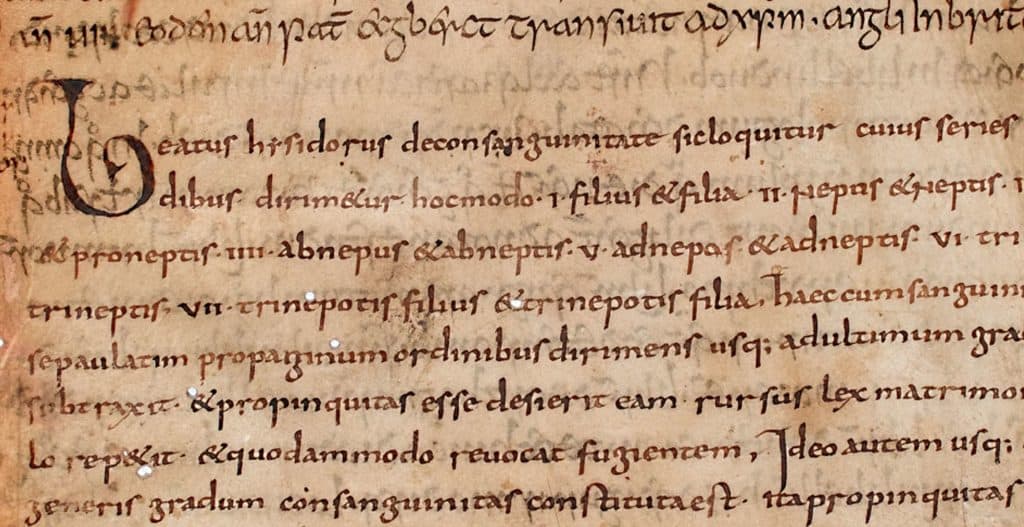In the Middle Ages, a man called Geoffrey Chaucer was revolutionising the literary scene of the day, becoming one of the greatest poets and fathers of literature in England. His use of English in his poetry helped to establish Middle English vernacular as the mainstream language of the day, replacing Latin and French and in doing so, paving the way for other literary greats such as Shakespeare.
In his lifetime he was able to achieve many accomplishments in a variety of fields including most famously as an author and poet but also as a philosopher, astronomer, diplomat and civil servant. He is still considered to be one of the greats of English poetry and was the first to be buried in Poets’ Corner in Westminster Abbey.
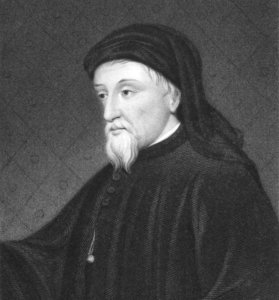
Geoffrey Chaucer was born around 1343 to John and Agnes de Copton Chaucer who lived in happy financial circumstances, with his father working as a prosperous second generation wine merchant. Whilst not much is known about his early life and childhood, by the time he was a young man in 1357 he was pursuing a position to work at the court of Elizabeth, Countess of Ulster and her husband Lionel, Earl of Ulster. Chaucer would end up working as a butler, known as a gentleman’s gentleman, providing domestic help but also contributing towards the entertainment.
Whilst working at the court Chaucer impressed his employers with his great story-telling ability and song composition. The works Chaucer performed, such as those by Eustache Deschamps, were often in French and would serve as inspiration for a young Chaucer’s initial foray into the poetry world.
His life in court was interrupted when the Hundred Years’ War began to unfold on the international stage in 1359. Edward III invaded France and Lionel of Antwerp, the 1st Duke of Clarence and Elizabeth’s husband, travelled to France as part of the English army: Chaucer accompanied him. A year into the conflict, Chaucer was captured during a siege at the French city of Reims. Fortunately for the young Chaucer, Edward III paid a large ransom in order to secure his release.
As a young man mixing in aristocratic circles, he subsequently met John of Gaunt, who would later become an influential figure in Chaucer’s own political career, as well as serving to inspire one of his first poems.
Chaucer and Gaunt had a connection through marriage, as they had both married the daughters of Sir Paon de Roet, a French Knight. Gaunt sought the marriage as a way of legitimising his sons who had been born out of an affair, whilst for Chaucer it provided the perfect opportunity to be accepted into aristocracy. Chaucer’s bride Philippa Roet was lady-in-waiting to the queen’s household. They would go on to have several children during their marriage.
His elegy to Gaunt’s late wife, ‘The Book of the Duchess’ was one of his first major poems, written around 1368, and commemorated the death of Blanche de Lancaster. In the poem there are various references to the word “white”, referring to the name Blanche and it ends with the phrase ‘long castel’, a link to the House of Lancaster. The poem itself has hints of traditional French poetry although he develops his own style through the relationship between the fictionalised narrator of the poem and the mourner, representative of Gaunt. This originality of style he continues to develop in his writing career.
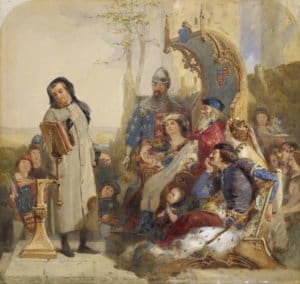
Meanwhile, Chaucer was serving as a member of the royal court of Edward III, undertaking various roles which involved diplomatic missions across Europe. His travels took him to France, Genoa and Florence. These experiences allowed him to familiarise himself with the work of esteemed authors such as Boccaccio and Dante, all of whom had an enriching impact on his work. His poem ‘Troilus and Criseyde’, influenced by Italian language and literature, tells a story of medieval romance doomed to fail, against a backdrop of the historic scene of the Battle of Troy. This work is clearly influenced by his experience of foreign literary style and form.
Besides his obvious passion and skill for poetry, Chaucer also excelled in the context of politics and the civil service. In the decade of the 1370’s he played an important role in domestic politics. In 1374 he began work as a financial controller of custom taxes, a role he held for twelve years.
By 1386 he had become a member of parliament in Kent and attended the famous ‘Wonderful Parliament’ of November 1386, a parliamentary session which attempted to reform King Richard II’s administration. He continued to hold important roles in politics and served in various positions ranging from customs control to Justice of the Peace, an MP and in 1389 a clerk of the king’s work. Eventually his work involved administrating and managing royal building projects. In his lifetime he ended up serving Edward III and Richard II whilst holding a variety of royal posts.
Meanwhile, as Chaucer’s illustrious political career continued to grow and develop, by 1387 he had begun to produce the work for which he would become most famous and enter the annals of history for his contribution to English literature. ‘The Canterbury Tales’ was a compilation of twenty four stories written in Middle English verses, comprising over 17,000 lines. The stories are about a group of pilgrims as they travel from London to Canterbury in order to visit the shrine of Saint Thomas à Beckett at Canterbury Cathedral. It has been disputed that these stories were in fact not completely finished at the time of his death in 1400.

The ‘Canterbury Tales’ were notable for the fact that they were written in Middle English but did include clear indications of inspiration from Italian literature and French poetry style adopted and adapted by Chaucer. The tale-tellers in his stories encompass figures from a broad spectrum of social classes, including Knights, Pardoners and Summoners. The order of the tales is also written in a controversial pattern which does not correspond with the social rank of the tale-teller, but rather each narrator tries to usurp the previous story-teller with a better and more entertaining recollection.
The context of ‘The Canterbury Tales’ is also important for understanding some of the wider themes and structures. During this time, the Catholic Church was experiencing a Western Schism and became shrouded in controversy. Lollardy was an English religious movement pioneered by John Wycliffe which is actually mentioned in the Tales. The stories also include references to paper, which was a very recent invention, allowing the dissemination of literature to become much more widespread.
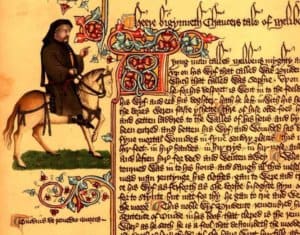
The Tales explore the journey of a group of thirty-one pilgrims, including Chaucer. At the Tabard Inn in Southwark, the host suggests the pilgrim tells two tales in order to better pass their time, the best storyteller upon return would be rewarded with a free meal. Each tale therefore includes a protagonist, for example in the Knight’s Tale, Palamon and Arcite and in the Nun’s Priest’s Tale, the rooster Chanticleer. The compilation of these tales includes a vast array of vivid characters, portraying different social stratas ranging from carpenters to knights. This portrayal makes for lively accounts, enlivened by satiric wit combined with a notion of realism as well as outlandish vulgarity, providing an enlightening social commentary of fourteenth century England.
Geoffrey Chaucer was one of the best English poets of all time, considered a father of English language and literature. Before the likes of Shakespeare, Chaucer dominated the literary scene, most famous for his work ‘The Canterbury Tales’. His work is celebrated in theatres today, with his use of language still influencing the modern vernacular. He passed away on 25th October 1400 but his literary legacy continues to live on to this day.
Jessica Brain is a freelance writer specialising in history. Based in Kent and a lover of all things historical.
